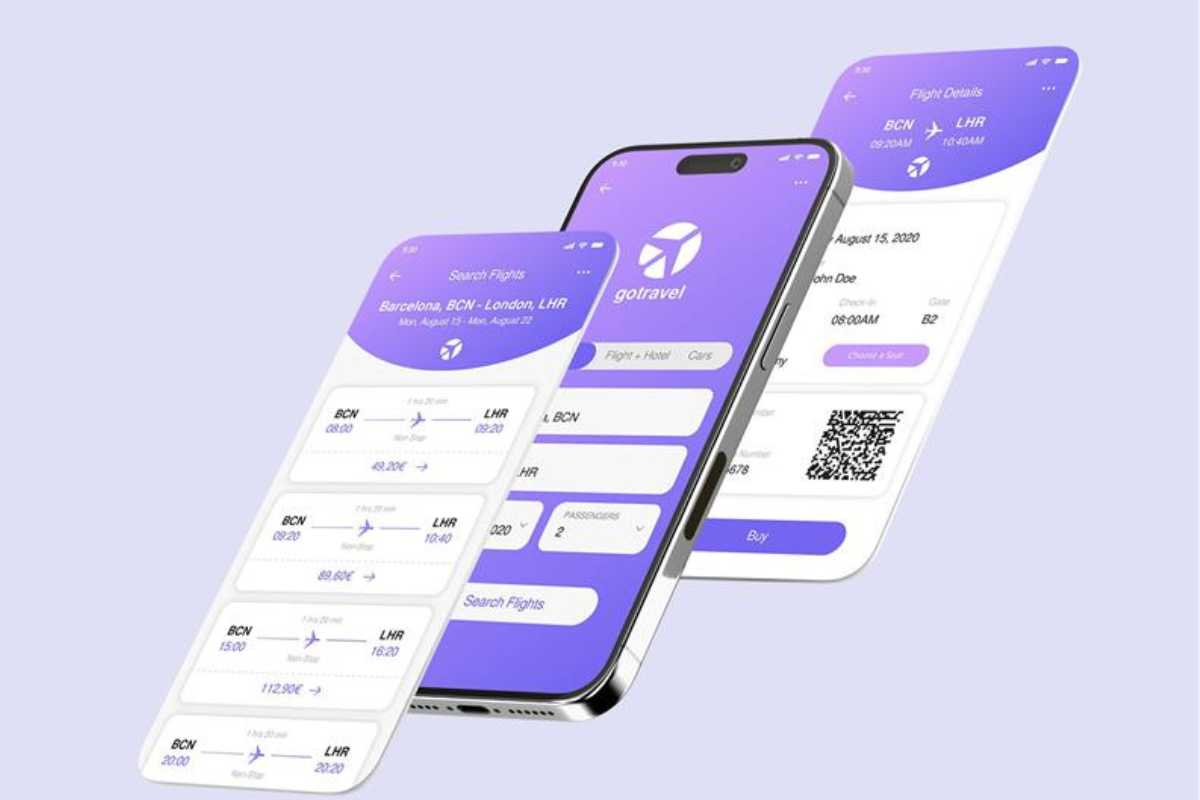How to make an app for ios, Android, or desktop

In today's technology-driven world, apps have become an essential part of businesses and everyday life. Whether you aim to build a mobile app for iOS and Android or a desktop application, understanding the development process is crucial. A well-planned approach ensures smooth development and a successful launch. This guide takes you through the key steps of app creation, from idea to deployment.
Refining Your App Concept
Every great app starts with a strong idea. Before jumping into development, clearly define what your app will do and how it will benefit users. Identify the problem it aims to solve and research the market to understand your competition. Knowing your target audience will help you refine features and functionalities, ensuring your app meets real user needs. A well-structured plan at this stage will streamline the development process.
Selecting the Best Development Method
The choice of development approach depends on factors such as the platform, budget, and technical requirements. Native development is the best option for achieving high performance. iOS apps are typically built using Swift or Objective-C in Xcode, while Android apps are developed with Kotlin or Java in Android Studio. For desktop applications, languages such as C#, Swift, or C++ are commonly used depending on whether you are targeting Windows, macOS, or Linux.
For those looking for a cost-effective and efficient solution, cross-platform development is a great alternative. Frameworks like Flutter, which uses the Dart programming language, enable developers to create mobile and desktop apps from a single codebase. React Native is another popular JavaScript-based framework for mobile app development. Meanwhile, Electron is commonly used to build desktop applications using web technologies like HTML, CSS, and JavaScript.
Progressive Web Apps (PWAs) are also a viable option. These browser-based apps offer an experience similar to native apps while being accessible on any device without requiring installation. They are ideal for businesses that want to reach a wider audience without maintaining multiple platform-specific applications.
Setting Up Your Development Tools
Once you have decided on your development approach, setting up the right tools is essential. iOS developers should install Xcode and become familiar with Swift programming, while Android developers should use Android Studio and learn Kotlin. Cross-platform development requires setting up frameworks such as Flutter or React Native, while desktop applications may require platforms like Electron or .NET. If the app needs a backend, technologies such as Firebase, Node.js, or custom server setups can help manage data and user authentication.
Creating an Engaging User Interface
A well-designed interface is key to a successful app. Using design tools like Figma, Adobe XD, or Sketch, developers can create interactive UI/UX prototypes. It is essential to follow platform-specific design guidelines—Material Design for Android and Apple’s Human Interface Guidelines for iOS—to maintain a seamless and intuitive user experience.
Bringing the App to Life Through Development
With the designs finalized, the next step is coding the app. The development process typically begins with front-end design, where user interface elements are implemented, followed by back-end integration to manage data and server-side logic. Features such as user authentication, payment processing, and notifications may require API integration. Ensuring smooth navigation, responsiveness, and performance is critical to providing a great user experience.
Testing for a Flawless Experience
Before launching, rigorous testing is necessary to eliminate bugs and enhance usability. Emulators like iOS Simulator and Android Emulator help test functionality in different environments. However, real-device testing provides a more accurate understanding of how the app behaves on actual hardware. A combination of unit tests, integration tests, and UI testing ensures the app performs well across various scenarios. Fixing issues at this stage enhances the app’s stability and reliability.
Publishing the App
After thorough testing, it's time to launch your app. Mobile app developers must register a developer account with Apple and Google to publish it on the App Store and Google Play. Each platform has specific guidelines that must be met before approval. For desktop applications, developers can distribute their apps through channels like the Windows Store, Mac App Store, or independent distribution platforms. Providing user support and documentation can improve the adoption and success of the app post-launch.
Promoting and Monetizing the App
Releasing an app is just the beginning. A strong marketing plan is crucial to gaining users and increasing engagement. App Store Optimization (ASO) helps improve visibility through optimized descriptions, keywords, and high-quality visuals. Digital marketing strategies such as social media promotions, influencer collaborations, and paid advertisements can attract a wider audience.
Monetization options vary based on the app’s purpose. Popular revenue models include in-app purchases, subscriptions, advertisements, and premium versions. Selecting the right strategy ensures sustainable revenue while delivering value to users.
Conclusion
Developing an app requires a mix of creativity, technical expertise, and strategic planning. Whether you're creating a native, cross-platform, or web-based app, choosing the right approach plays a vital role in its success. From conceptualization to deployment and marketing, each stage contributes to a well-rounded, high-performing application. With careful planning and execution, your app can make a meaningful impact and reach a broad audience.









